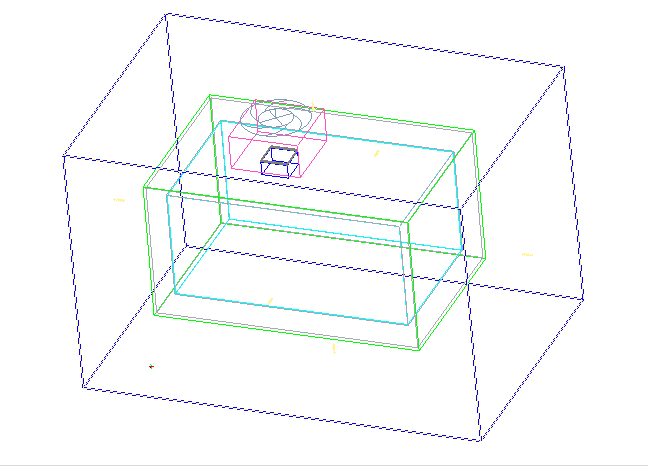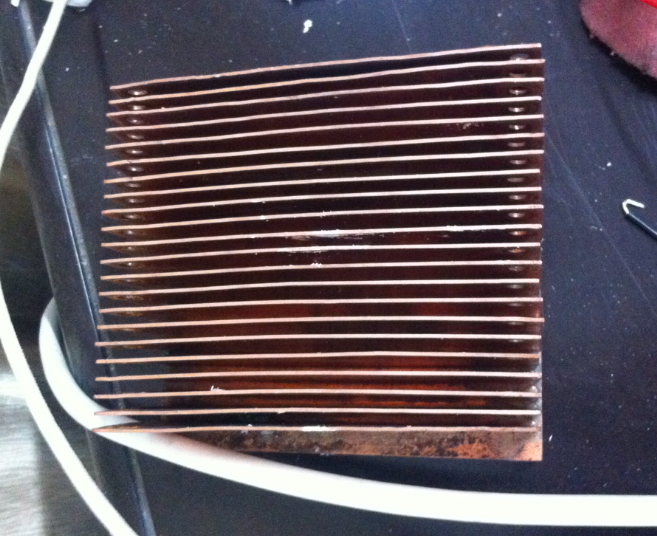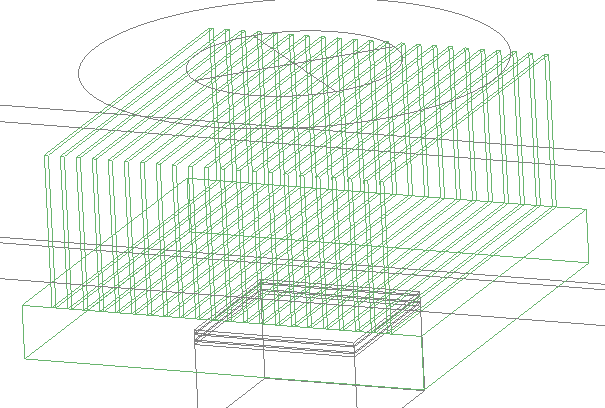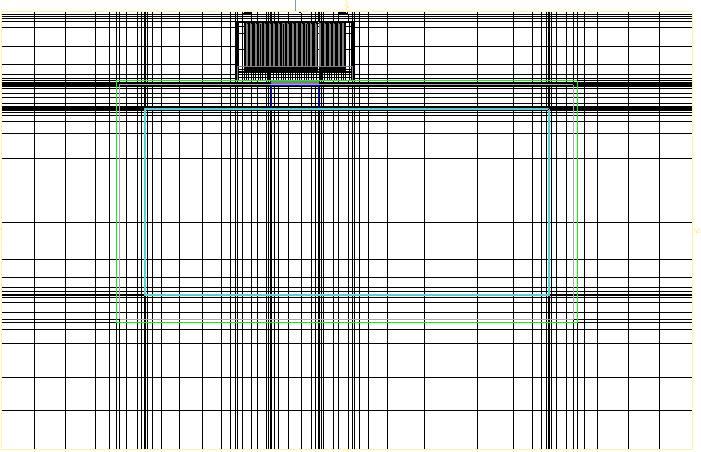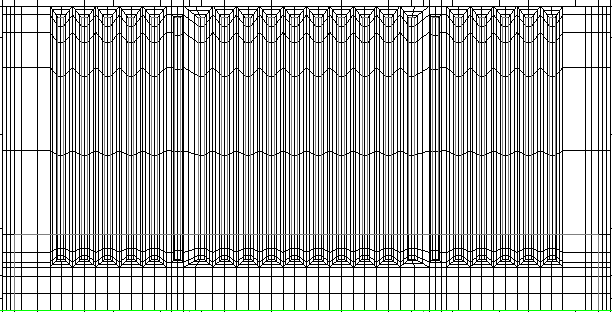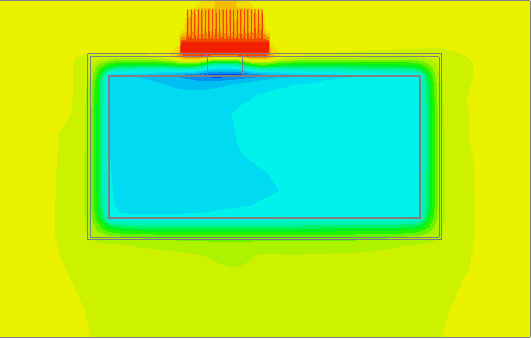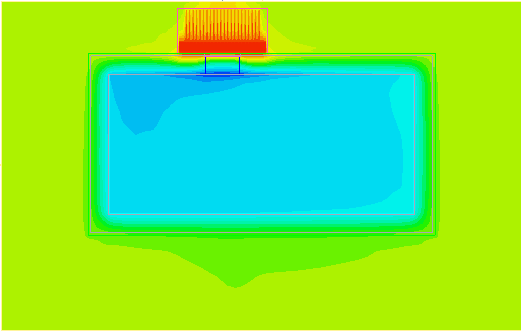基于热管散热器的热电制冷冰箱的模拟研究毕业论文
2020-05-21 22:19:01
摘 要
半导体制冷技术是一种新型无污染的制冷技术,在众多领域得到了广泛应用。如何有效提高半导体制冷片冷热量的传递,并由此提高半导体制冷效率,一直是国内外研究的热点之一。热管具有良好的轴向导热性能,采用热管制作的散热器具有结构紧凑、体积小、传热效果好的优点,适用于半导体制冷片的冷热量及时散发需求。本文将热管散热器应用在半导体制冷箱中,利用软件模拟方法对其传热特性进行研究。
本课题名称为基于热管散热器的热电制冷冰箱的模拟研究。主要探讨了电流、风量等因素对半导体制冷箱制冷效率的影响,并研究了采用热管散热器散热的半导体制冷箱的稳态传热特性。最后对ICEPAK模拟下得到的数据进行数据分析,得出了以下结论:
(1)在风量一样的情况下,随着电流的逐渐增加,箱体温度有一个随之先下降后回升的趋势。
(2)电流的大小对制冷系数和制冷量有很大的影响。制冷系数的大小随着电流的增加一直减小,而制冷量的大小则随着的电流的增加存在一个最佳值。而热电制冷冰箱的制冷系数和制冷量与风量的大小没有明显的线性关系。
关键词:半导体制冷 热管散热器 数值模拟
Simulation study on thermoelectric cooling refrigerator based on heat pipe radiator
Abstract
Semiconductor refrigeration technology is a new non-polluting refrigeration technology in many fields which has been widely used. How to effectively improve the heat transfer of cold tablets semiconductor refrigeration, and thereby improve the cooling efficiency of the semiconductor, it has been one of hot research in domestic and foreign. Heat pipe has good axial thermal conductivity, heat pipe radiator made with heat pipe has some advantages like small size, good heat transfer of cold heat and it is applied to the semiconductor chip refrigeration timely dissemination. This article will be used in the semiconductor heat pipe radiator cooling tank, using software simulation methods to study its heat transfer characteristics.
The name of this topic is simulation study on thermoelectric cooling refrigerator based on heat pipe radiator. It analyzes the impact of current, wind and other factors on the cooling efficiency of semiconductor refrigeration, and steady-state heat transfer characteristics were studied using heat pipe radiator heat semiconductor refrigeration,.Finally, the data obtained under ICEPAK simulation data analysis,we have got the following conclusions:
(1) Under the same situation of the wind, with increasing current cabinet temperature followed by a recovery trend after the first fall.
(2) Magnitude of the current has a great influence on the coefficient of performance and cooling capacity. The magnitude of the cooling factor as the current increases have been reduced, and there is an optimum value of the cooling capacity increases with the magnitude of the current.As the coefficient of performance and cooling capacity and magnitude of the wind thermoelectric cooling refrigerator no significant linear relationship.
Keyword: Semiconductor refrigeration;Heat pipe radiator;Numerical Simulation
目 录
摘要···········································································································I
ABSTRACT······························································································II
目录··········································································································III
- 绪论·······························································································1
1.1课题研究背景·····················································································1
1.2半导体制冷散热方法·············································································1
1.3半导体制冷散热研究现状·······································································3
1.4课题研究意义······················································································4
第二章 模型建立························································································5
2.1ICEPAK软件介绍················································································5
2.2模型建立····························································································5
2.3物性参数····························································································8
2.4控制方程····························································································8
2.5初始条件和边界条件············································································10
2.6数值计算方法·····················································································11
2.7网格划分···························································································11
第三章 模拟结果分析················································································13
3.1参数定义···························································································13
3.2 模拟数据温度场分析···········································································14
3.2.1 电流与箱体温度的关系································································14
3.2.2 风量与箱体温度的关系································································15
3.3 模拟数据折线图分析···········································································17
3.4 模拟数据制冷性能分析········································································18
第四章 结论与展望····················································································22
4.1 结论·······························································································22
4.2展望································································································22
参考文献···································································································24
致谢··········································································································26
相关图片展示:
